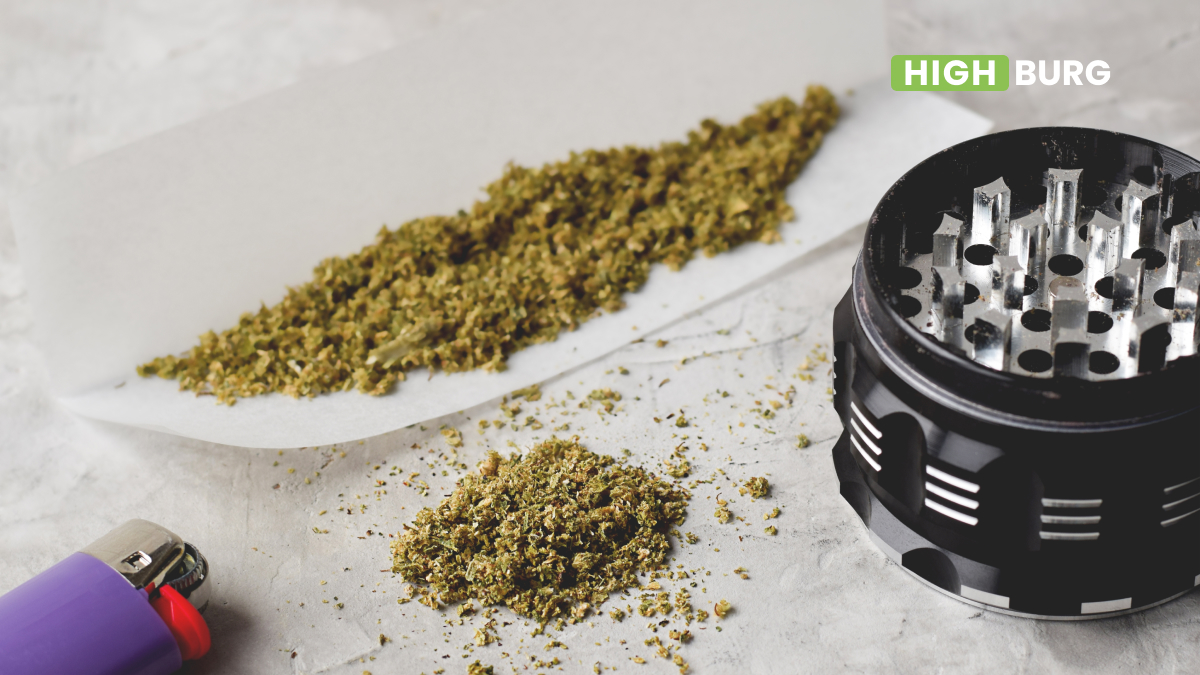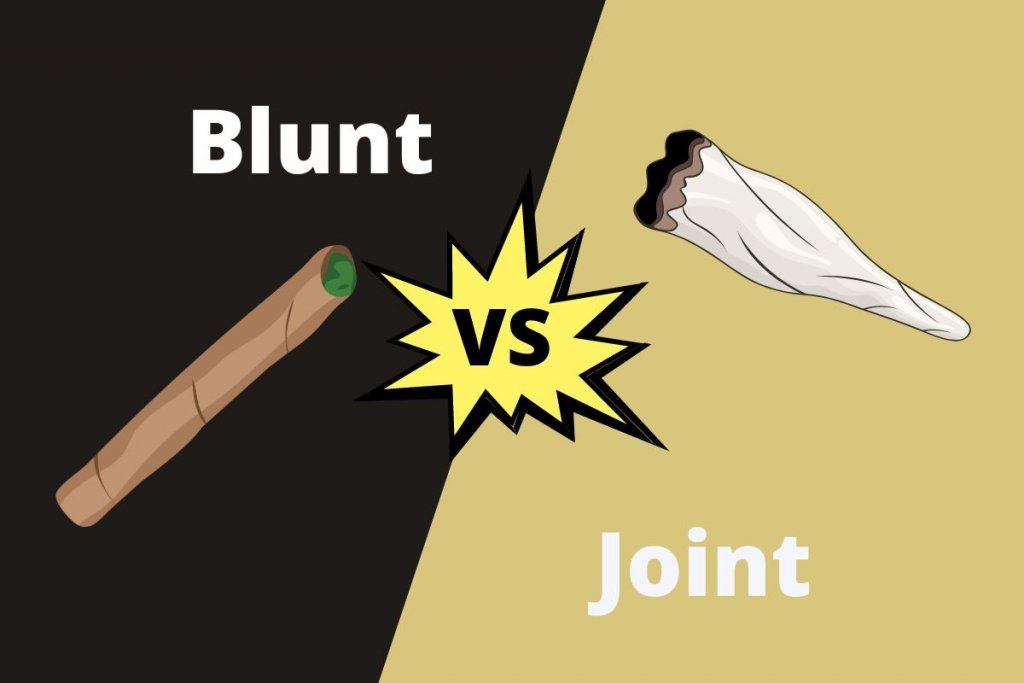Understanding the differences between a joint and a blunt is essential for anyone interested in cannabis culture. Both are popular methods of consuming cannabis, but they have distinct characteristics that set them apart. Whether you're a beginner or a seasoned enthusiast, this guide will provide you with all the information you need to make an informed choice.
From the materials used to the effects experienced, the distinctions between joints and blunts are significant. This article aims to delve into the specifics of each, offering insights into their construction, cultural relevance, and potential health implications. Let's explore the nuances that make each option unique.
As we navigate through this guide, you'll discover everything from the origins of these cannabis consumption methods to modern-day preferences. By the end, you'll have a clear understanding of what sets a joint apart from a blunt and how to choose the right one for your needs.
Read also:Jen Ledger 2023 Exploring The Life Career And Impact Of A Talented Artist
Table of Contents
- Introduction to Joints and Blunts
- Materials Used in Joints vs. Blunts
- Construction Differences
- Effects and Potency
- Cultural Significance
- Health Considerations
- Legal Aspects
- Tobacco Content in Blunts
- Consumer Preferences
- Conclusion
Introduction to Joints and Blunts
Joints and blunts are two of the most popular ways to consume cannabis, each with its own set of advantages and disadvantages. A joint is typically made using cannabis rolled in thin rolling papers, while a blunt uses cigar wraps or tobacco leaves. These differences may seem minor, but they significantly impact the experience.
Understanding the basics of each is crucial for anyone looking to explore cannabis culture. For instance, joints are often associated with a lighter, more straightforward experience, whereas blunts are known for their robust flavor and potency. Both have their own fan bases, and preferences often depend on personal taste and context.
Materials Used in Joints vs. Blunts
Rolling Papers for Joints
Joints are traditionally rolled using thin, specialized papers designed for cannabis consumption. These papers come in various materials, including hemp, rice, and flax. Each type offers different burning properties and flavors. For example, hemp papers are popular for their natural and eco-friendly qualities, while rice papers are favored for their smooth burn.
Cigar Wraps for Blunts
Blunts, on the other hand, are rolled using cigar wraps or tobacco leaves. These materials are thicker and often impart a distinct flavor to the smoking experience. Cigar wraps can be made from tobacco or non-tobacco alternatives, catering to different preferences. The choice of material can significantly affect the taste and strength of the blunt.
Construction Differences
The construction of joints and blunts also varies significantly. Joints are typically smaller and more delicate, allowing for a more controlled and intimate smoking session. They are often rolled tightly to ensure an even burn and are sometimes twisted at the end to prevent spillage.
Blunts, conversely, are larger and more robust. Their construction allows for a greater amount of cannabis to be rolled, making them ideal for group settings. The thicker cigar wraps used in blunts provide a slower burn, extending the smoking experience.
Read also:Texas Thrift Return Policy A Comprehensive Guide To Understand And Utilize
Effects and Potency
One of the key differences between joints and blunts lies in their effects and potency. Joints, being smaller and containing less cannabis, often result in a milder experience. This makes them suitable for those seeking a lighter high or for beginners.
Blunts, with their larger size and often higher THC content, deliver a more potent effect. The addition of tobacco in many blunts can also enhance the experience, though it comes with its own set of considerations. Understanding these differences is crucial for making an informed choice.
Cultural Significance
Both joints and blunts hold significant cultural importance within cannabis communities. Joints are often associated with the counterculture movements of the 1960s and 1970s, symbolizing peace and unity. They are seen as a more traditional and purist way of consuming cannabis.
Blunts, meanwhile, have their roots in hip-hop culture, gaining popularity in the 1990s. They are often associated with a more social and celebratory atmosphere. The cultural significance of each can influence preferences and perceptions among different demographic groups.
Health Considerations
Potential Risks of Tobacco in Blunts
One of the primary concerns with blunts is the presence of tobacco. While many enjoy the flavor and potency it adds, tobacco can pose health risks, particularly for the respiratory system. Long-term use of tobacco-containing blunts can lead to nicotine addiction and other health issues.
Healthier Alternatives
For those concerned about health, there are alternatives available. Non-tobacco cigar wraps and hemp rolling papers offer ways to enjoy the experience of blunts without the associated risks. It's essential to weigh these options carefully when making a choice.
Legal Aspects
The legality of joints and blunts varies depending on the region. In areas where cannabis is legal, both are widely accepted and regulated. However, in places where cannabis remains illegal, possession of either can lead to legal consequences.
It's important to familiarize yourself with local laws and regulations regarding cannabis consumption. This knowledge can help you make informed decisions and avoid potential legal issues.
Tobacco Content in Blunts
The presence of tobacco in blunts is a defining characteristic that sets them apart from joints. While some enjoy the added kick it provides, others prefer to avoid tobacco altogether. The choice ultimately depends on personal preference and health considerations.
For those looking to minimize tobacco exposure, alternatives such as hemp blunts or non-tobacco wraps are available. These options allow for a similar experience without the associated risks.
Consumer Preferences
Factors Influencing Choice
Consumer preferences for joints versus blunts are influenced by a variety of factors, including taste, potency, and social setting. Some prefer the simplicity and purity of joints, while others enjoy the robust flavor and social aspect of blunts.
Trends and Innovations
As cannabis culture evolves, so do the preferences of consumers. Innovations in rolling materials and techniques continue to shape the market, offering new options for enthusiasts. Staying informed about these trends can help you make the best choice for your needs.
Conclusion
In conclusion, the difference between a joint and a blunt goes beyond mere construction. Each offers a unique experience, catering to different preferences and contexts. Whether you choose a joint for its simplicity or a blunt for its potency, understanding the nuances can enhance your enjoyment.
We encourage you to share your thoughts and experiences in the comments below. Your feedback helps us provide better content and insights for the community. Additionally, feel free to explore other articles on our site for more information on cannabis culture and consumption methods.
Data and statistics referenced in this article are sourced from reputable organizations such as the Centers for Disease Control and Prevention and the National Institute on Drug Abuse. These sources ensure the accuracy and reliability of the information provided.


